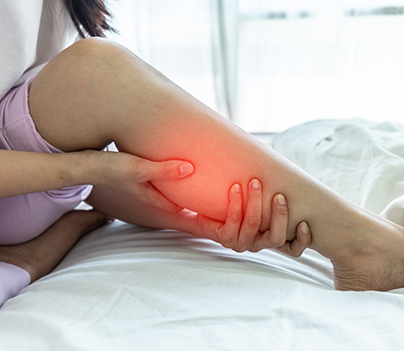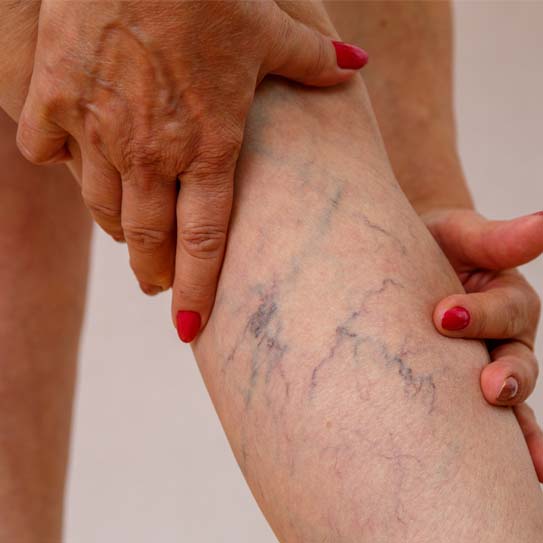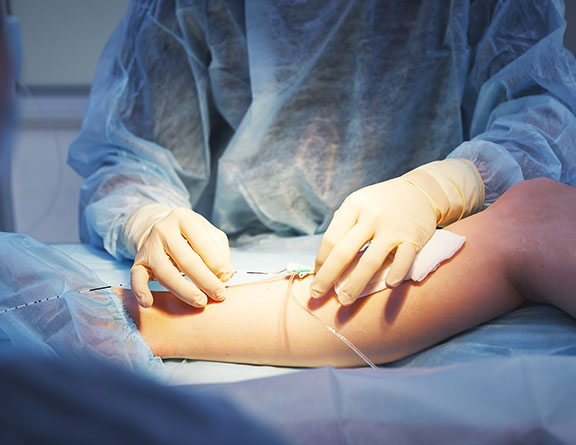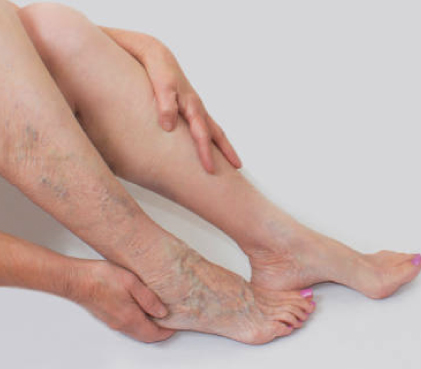
Self-medication is not advised because to the general ineffectiveness of antihistamines, antibiotics, and decongestants for otitis media. Mild instances of OME are treated with medication and observation.
In order to avoid irreversible hearing and speech development (in children) problems, early surgical treatment is required if the condition lasts longer than 2-3 months. OME is surgically treated with tympanostomy and myringotomy. The process lasts for roughly 15 to 20 minutes.
In most cases, general anaesthesia is used during the operation. The ENT surgeon makes a small incision (3-5 mm long) to empty the ear canal during myringotomy. If a breathing tube needs to be placed (during tympanostomy), a 3/5/7 mm tube is also placed at the same time, if necessary.
Myringotomy is a very straightforward procedure, but you should take the necessary precautions to prevent any problems. Before a myringotomy procedure, common preoperative instructions are:


To hasten your recovery following myringotomy surgery, you should heed the following advice:


Undergoing advanced Laser Treatment for Varicose Veins is more advantageous as compared to traditional varicose veins surgery. Some of them are-
The following are some common tips that can help you in smoother recovery duration post varicose veins treatment-
Not really. But, some common lifestyle modifications can help you prevent varicose veins from occurring or becoming worse-
When may I resume working after having a myringotomy?
After the procedure, you can return to work or school in one to two days. You will notice a noticeable improvement in your hearing within a week and fully recover within 3–4 weeks as long as you adhere to your surgeon's recommendations and take your medications on schedule.
Can local anaesthesia be used during a myringotomy?
Yes, although though general anaesthesia is favoured for children, adults can have myringotomy surgery under local anaesthesia if the physician can rely on them to remain still throughout the procedure.
What kind of tympanostomy tubes are there?
Long Armstrong tubes, Donaldson tubes, Shepard tubes, and straight tubes are the four primary ventilation tube types utilised during a tympanostomy, according to form. The kind of tube used during the procedure depends on the condition's severity, the length of the patient's ear canal, how long the tube is anticipated to remain in the ear canal, and other factors. In most cases, silicone, plastic, or metal are used to make ear tubes.
Can a laser be used for myringotomy?
Yes, myringotomy surgery utilising a CO2 laser is rather prevalent nowadays, but despite the fact that the procedure is usually regarded as safer, there is no evidence that it produces a better result than a conventional myringotomy. In fact, conventional myringotomy is seen to be preferable to laser surgery if the patient requires a tympanostomy tube.

Also known as endovenous laser treatment or EVLA, this is a minimally invasive ultrasound-guided procedure that involves the use of ultrasound images and laser fiber in order to kill the delicate lining of the veins. After a few days following the procedure, the body absorbs the dead tissues, closing off the abnormal veins with minimal or no discomfort. This is one of the most commonly preferred methods as it involves far fewer complications, and the recovery time, as well as the success rate of this method, is much faster and higher than that of any surgical process.

Also known as endovenous laser treatment or EVLA, this is a minimally invasive ultrasound-guided procedure that involves the use of ultrasound images and laser fiber in order to kill the delicate lining of the veins. After a few days following the procedure, the body absorbs the dead tissues, closing off the abnormal veins with minimal or no discomfort. This is one of the most commonly preferred methods as it involves far fewer complications, and the recovery time, as well as the success rate of this method, is much faster and higher than that of any surgical process.

Also known as endovenous laser treatment or EVLA, this is a minimally invasive ultrasound-guided procedure that involves the use of ultrasound images and laser fiber in order to kill the delicate lining of the veins. After a few days following the procedure, the body absorbs the dead tissues, closing off the abnormal veins with minimal or no discomfort. This is one of the most commonly preferred methods as it involves far fewer complications, and the recovery time, as well as the success rate of this method, is much faster and higher than that of any surgical process.